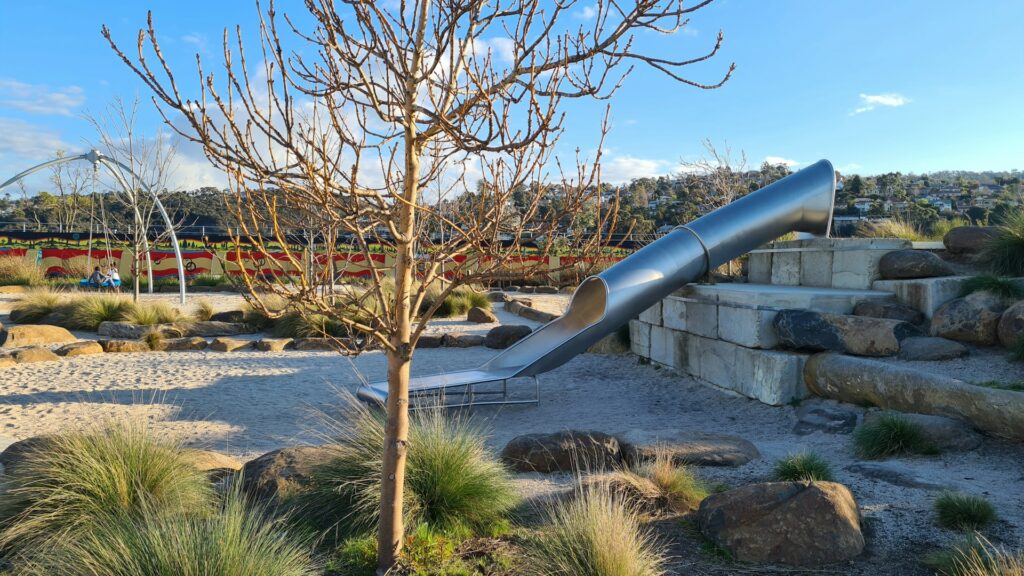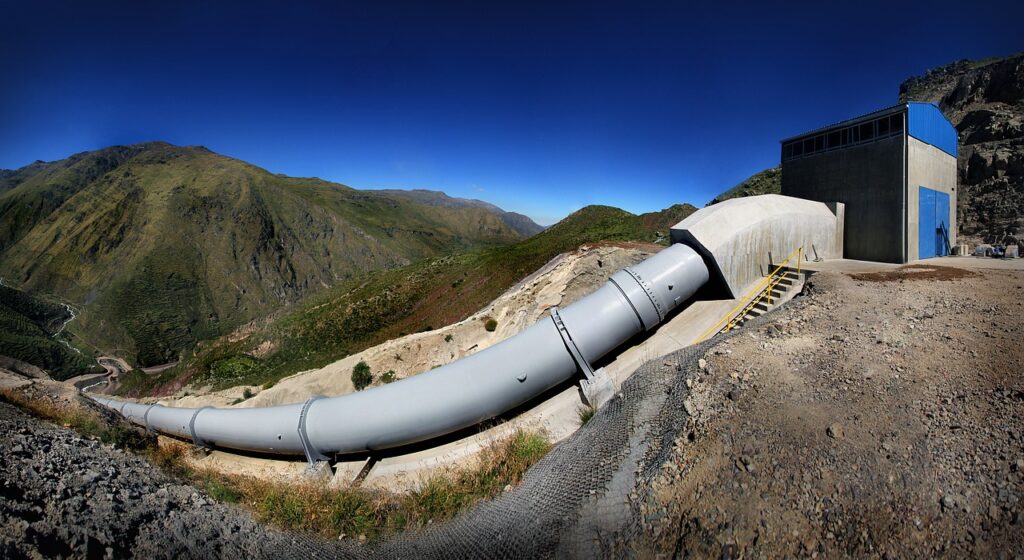
Pipeline floats are a critical component for improving operational efficiency across various industries. By offering reliable solutions for a range of pipeline-related challenges, these tools enhance the safety, cost-effectiveness, and functionality of pipeline operations. Whether in the oil and gas, water, or construction industries, pipeline floats offer multiple advantages that make them an indispensable tool in modern-day operations.
Table of Contents
Enhanced Pipeline Installation
Pipeline installation can be a complex and time-consuming process, but pipeline floats streamline this task by keeping pipelines afloat during transportation and installation. These floats reduce friction, making it easier to move and position the pipeline sections.
In marine environments, this is especially valuable as it prevents the pipeline from sinking into the water or getting damaged by harsh environmental conditions. For installation, read more and discover how pipeline floats can streamline the process. The ability to easily position and install pipelines speeds up the overall installation process, saving time and resources.
Improved Safety During Operations
Safety is a top priority in any industrial operation, and pipeline floats contribute significantly to this by reducing risks during both the installation and operational phases. By preventing pipelines from sinking or being damaged, pipeline floats ensure that pipelines remain in position and function correctly.
This also minimizes the chances of leaks or ruptures, which can lead to hazardous situations. Pipeline floats reduce the need for excessive manual labor in precarious conditions, further promoting safety for workers in challenging environments, particularly underwater or at great heights.
Cost Savings Through Efficiency
Incorporating pipeline floats into pipeline operations can significantly reduce costs. By speeding up installation, maintenance, and repairs, these tools reduce labor and equipment costs. Additionally, pipeline floats protect pipelines from potential damage, which means fewer repairs and replacements are needed over time. By maintaining the integrity of pipelines during transportation and operation, these floats contribute to the long-term durability of pipelines, minimizing costly downtimes and interruptions to services.
Faster Installation Reduces Labor Costs
Pipeline floats make the installation process quicker and more efficient, reducing the amount of time required for workers to complete each task. This helps minimize labor costs by enabling teams to accomplish more in less time, and fewer workers may be needed to handle the installation. The more efficient the installation, the faster the pipeline can be up and running, ensuring that your operations are back to normal sooner and saving money on prolonged labor and resources.
Reduced Equipment Wear and Tear
By preventing pipelines from getting damaged during transportation and installation, pipeline floats help preserve expensive equipment. When pipelines remain secure and undamaged, the risk of costly repairs to equipment such as cranes, winches, and barges is significantly lowered. These savings can add up over time, as expensive machinery doesn’t need to be replaced or repaired as frequently.
Lower Risk of Pipeline Damage
Pipeline floats play a crucial role in protecting pipelines from environmental conditions that could cause damage. By keeping pipelines elevated in water or other challenging environments, they minimize the risk of corrosion, leaks, or fractures. The prevention of pipeline damage reduces the need for costly emergency repairs and ensures that the pipeline system operates smoothly, avoiding financial losses from potential service disruptions.
Streamlined Maintenance and Inspections
Regular maintenance and inspections are essential to keep pipelines in optimal condition, but performing these tasks can be a logistical challenge. Pipeline floats simplify this process by providing better access to the pipeline during inspections and maintenance. In the case of submerged pipelines, the floats keep the pipelines accessible for inspection or repair without needing specialized equipment or labor-intensive methods. By making these tasks easier and more efficient, pipeline floats extend the lifespan of pipelines and reduce the time and resources needed for upkeep.
Increased Operational Flexibility
Industries often need to adapt to changing operational conditions, and pipeline floats offer the flexibility to do so. For example, pipeline floats can help adjust pipelines to different water depths or other environmental conditions, allowing for better maneuverability in challenging environments.
In industries like oil and gas, where pipelines need to traverse undersea terrains, the use of pipeline floats ensures that pipelines can be deployed with greater precision and efficiency. This adaptability allows businesses to respond to changing operational needs while maintaining pipeline functionality.
Environmental Protection
In addition to boosting efficiency, pipeline floats also contribute to environmental protection. By preventing pipelines from becoming submerged or damaged in bodies of water, these floats reduce the risk of spills or leaks that could negatively impact the surrounding environment.
Protecting pipelines from environmental hazards ensures that the contents, such as oil, gas, or water, are safely transported, mitigating the risk of pollution. Pipeline floats help preserve ecosystems while ensuring that operational activities remain environmentally responsible.

Pipeline floats are an essential tool for improving operational efficiency across various industries. By enhancing installation processes, boosting safety, cutting costs, and ensuring environmental protection, these floats are an integral part of modern pipeline management. If you’re looking to enhance the efficiency of your operations, investing in pipeline floats can lead to smoother, safer, and more cost-effective pipeline maintenance and installation.
